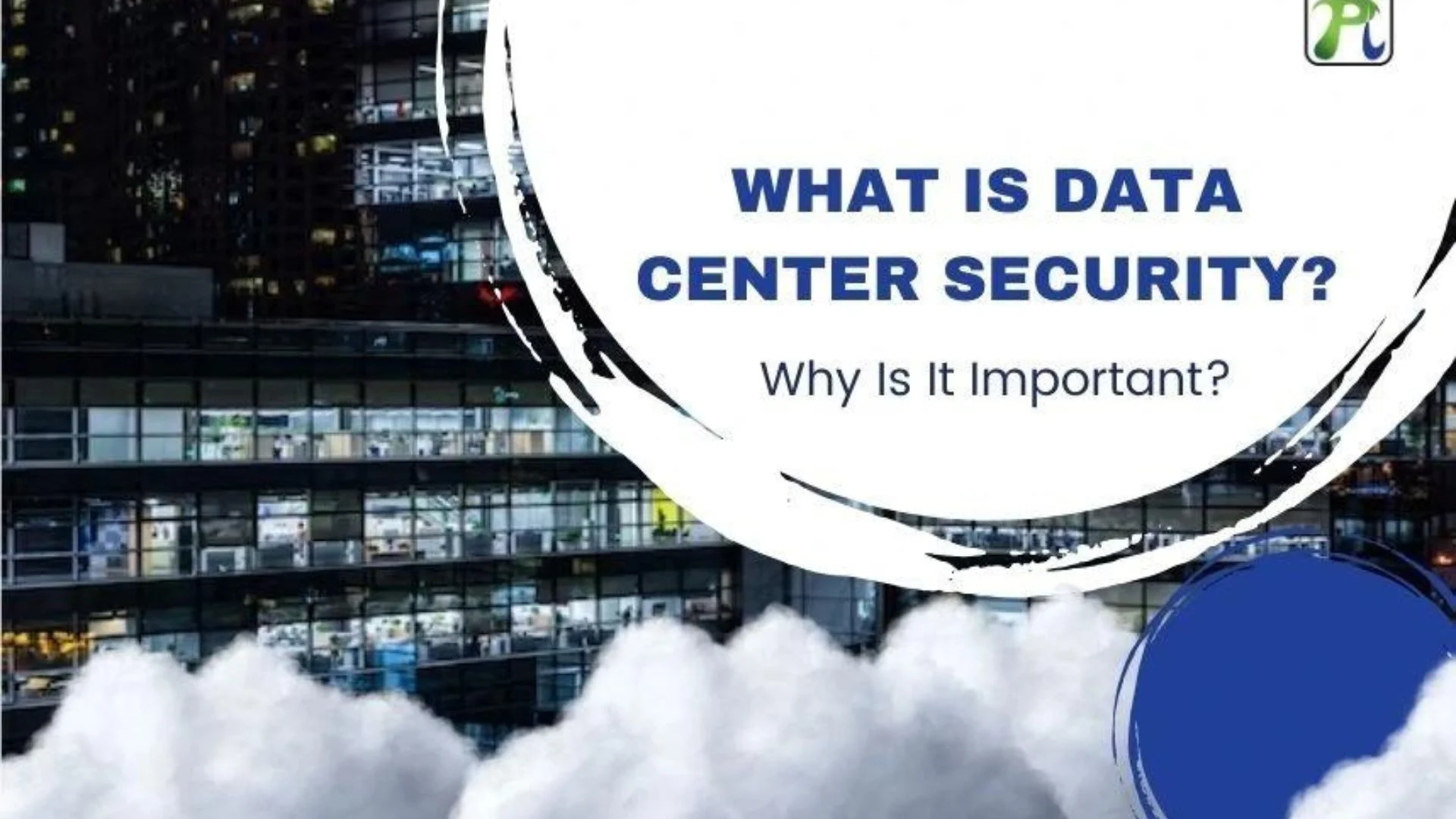The rapid digital transformation has led to a surgethe demand for data centers across the United Kingdom.
These hubs of technological infrastructure have become crucial for businesses, government agencies, and individuals alike,
as they store and process vast amounts of sensitive information.The Evolving Landscape of Data Center Security
However, this increased reliance on data centers has also brought about a new set of challenges, chief among them being the threat of fraud.
Fraud in the context of data centers can take various forms, from unauthorized access to data breaches, financial scams, and even physical theft of equipment.
As the value of the data and assets housed within these facilities continues to grow
, so too does the incentive for malicious actors to exploit vulnerabilities and capitalize on this lucrative target.The Evolving Landscape of Data Center Security
Understanding the Anatomy of Data Center Fraud
Data center fraud can be broadly categorized into three main types:
- Financial Fraud: Fraudulent activities such as billing scams
, payment diversions, and invoice manipulation can result in significant financial losses for data center operators.
These schemes can be perpetrated by both external actors and insiders with access to the financial systems. - Physical Theft: The physical infrastructure of data centers, including servers, networking equipment, and storage devices,
can be targeted by criminals seeking to steal valuable hardware or sell it on the black market. This can disrupt operations, compromise data security, and lead to substantial financial losses.
Assessing the Scope of the Problem
The true extent of data center fraud in the UK is difficult to quantify, as many incidents go unreported or are not publicly disclosed. However, available data and industry reports provide some insights into the scale of the challenge:
- Financial Impact: According to a recent study by the Federation of Small Businesses, small and medium
-sized enterprises (SMEs) in the UK lost an estimated £9 billion to fraud in 2022, with data breaches and financial scams being among the most common threats. - Regulatory Compliance: The UK’s data protection laws, such as the General Data Protection Regulation (GDPR),
impose strict requirements on data center operators to safeguard personal and sensitive information. Failure to comply can result in hefty fines and reputational damage.The Evolving Landscape of Data Center Security - Threat Landscape: Cybercriminals are constantly evolving their tactics,
leveraging new technologies and exploiting vulnerabilities to gain unauthorized access to data centers.
A 2023 report by the UK’s National Cyber Security Centre highlighted a significant increase in ransomware attacks targeting the country’s critical infrastructure, including data centers.
Identifying the Vulnerabilities
Data centers, by their very nature, present a unique set of vulnerabilities that can be exploited by fraudsters. Understanding these vulnerabilities is crucial in developing effective mitigation strategies:
- Access Control: Weak or inadequate access control measures, such as poorly implemented authentication protocols or insufficient physical security
, can allow unauthorized individuals to gain entry to the data center and potentially carry out fraudulent activities. - Internal Threats: Insider threats, such as disgruntled employees or contractors with privileged access, can pose a significant risk to data center security. These individuals may have the knowledge and access to perpetrate fraud, either through data breaches or financial manipulation.
- Supply Chain Risks: Data centers rely on a complex network of suppliers and vendors
, each of which can introduce vulnerabilities if not properly vetted and secured. Compromised supply chain partners can be used as entry points for fraudulent activities. - Lack of Visibility: The sheer scale and complexity of modern data centers can make it challenging to maintain comprehensive visibility over all systems and processes, creating blind spots that fraudsters can exploit.
Implementing Robust Fraud Mitigation Strategies
To combat the growing threat of fraud in UK data centers, a multi-layered approach is necessary. Here are some key strategies that data center operators should consider:
- Enhanced Access Controls: Implement robust authentication mechanisms, such as multi-factor authentication, biometric scans, and stringent access policies
. Regularly review and update these controls to keep pace with evolving threats. - Comprehensive Monitoring and Surveillance:
Deploy advanced monitoring and surveillance systems, including video surveillance, access logging, and real-time anomaly detection. Regularly analyze these logs for any suspicious activity. - Rigorous Vetting and Onboarding: Establish thorough vetting and onboarding procedures for employees, contractors, and third-party vendors to minimize the risk of insider threats and supply chain vulnerabilities.
- Cybersecurity Best Practices: Adopt industry-leading cybersecurity measures,
such as regular software updates, robust encryption, and comprehensive backup and disaster recovery plans, to mitigate the risk of data breaches and other cyber-attacks. - Fraud Detection and Response: Implement advanced fraud detection systems that can identify and flag suspicious activities in real-time.
Develop comprehensive incident response and crisis management plans to ensure swift and effective action in the event of a fraud incident. - Regulatory Compliance: Ensure that the data center’
s operations are fully compliant with relevant data protection and security regulations, such as GDPR, to minimize the risk of fines and reputational damage. - Employee Training and Awareness: Provide regular training and awareness programs for all data center personnel, covering topics such as fraud detection, social engineering tactics
, and incident reporting protocols. - Collaboration and Information Sharing: Foster strong partnerships with law enforcement agencies, industry associations, and other data center operators to share intelligence, best practices, and lessons learned in the fight against fraud.
The Role of Emerging Technologies
Advancements in technology are playing a crucial role in the ongoing battle against data center fraud. Here are some of the emerging technologies that can enhance fraud mitigation efforts:
- Artificial Intelligence (AI) and Machine Learning (ML): AI and ML-driven systems can analyze vast amounts of data in real-time, identify patterns, and detect anomalies that may indicate fraudulent activities. These technologies can be leveraged for advanced monitoring, anomaly detection, and predictive analytics.
- Blockchain Technology: Blockchain-based solutions can provide a secure, tamper-evident, and decentralized platform for recording and verifying transactions, thereby reducing the risk of financial fraud and improving overall data integrity.
- Biometric Authentication: Biometric technologies, such as fingerprint, iris, or facial recognition, can enhance access controls and strengthen identity verification
, making it more difficult for fraudsters to gain unauthorized entry. - Internet of Things (IoT) and Sensor Networks: IoT-enabled devices and sensor networks can be deployed throughout the data center to provide real
-time monitoring of physical and digital assets, enabling early detection of potential fraud incidents. - Automation and Orchestration: Automated processes and orchestration tools can streamline various data center operations,
reducing the risk of human error and insider threats, while also enhancing the efficiency of fraud detection and response.

Conclusion
The rising threat of fraud in UK data centers requires a comprehensive and proactive approach from data center operators, policymakers, and industry stakeholders.The Evolving Landscape of Data Center Security
By understanding the evolving nature of the threat,
identifying vulnerabilities,
and implementing robust fraud mitigation strategies,
data centers can better protect their critical infrastructure,
safeguard sensitive data, and maintain the trust of their clients and the broader public.
As the digital landscape continues to evolve, the battle against data center fraud will require ongoing vigilance, collaboration,
and the strategic deployment of emerging technologies.
By staying ahead of the curve and continuously adapting their security measures
, data center operators can position themselves as trusted guardians of the UK’s digital assets,
fostering a more secure and resilient digital economy for all.


1 thought on “The Evolving Landscape of Data Center Security”